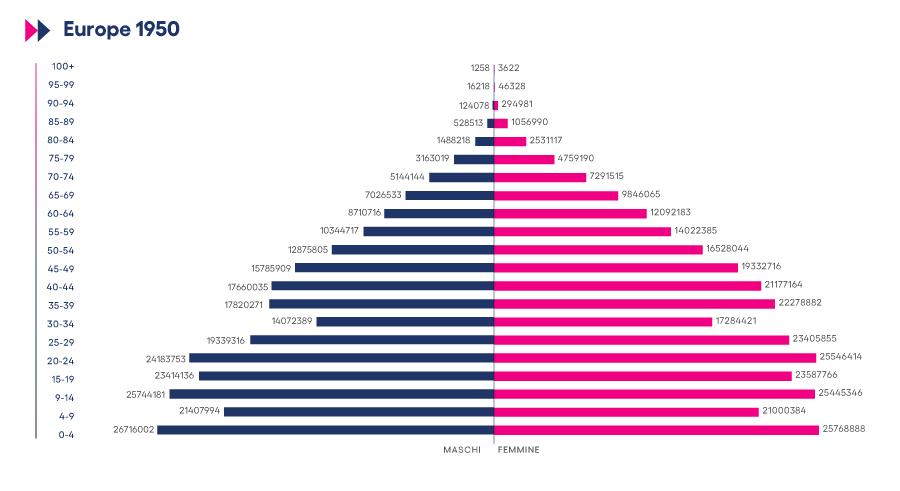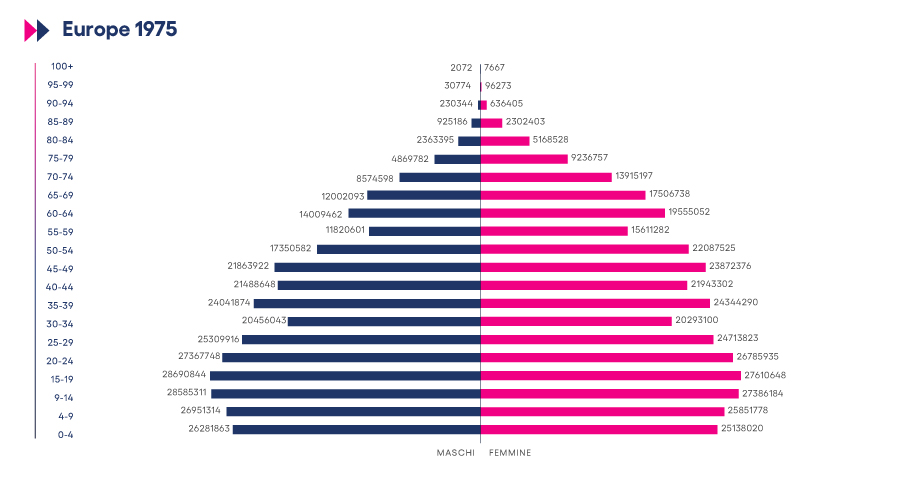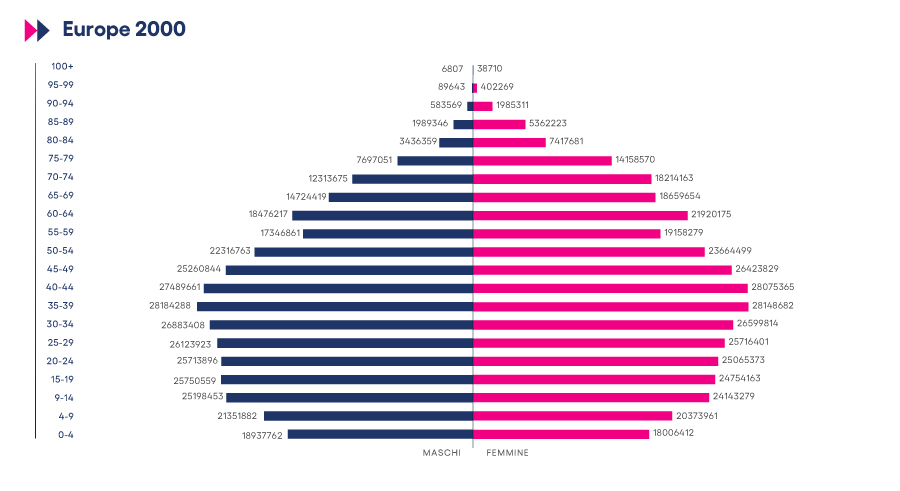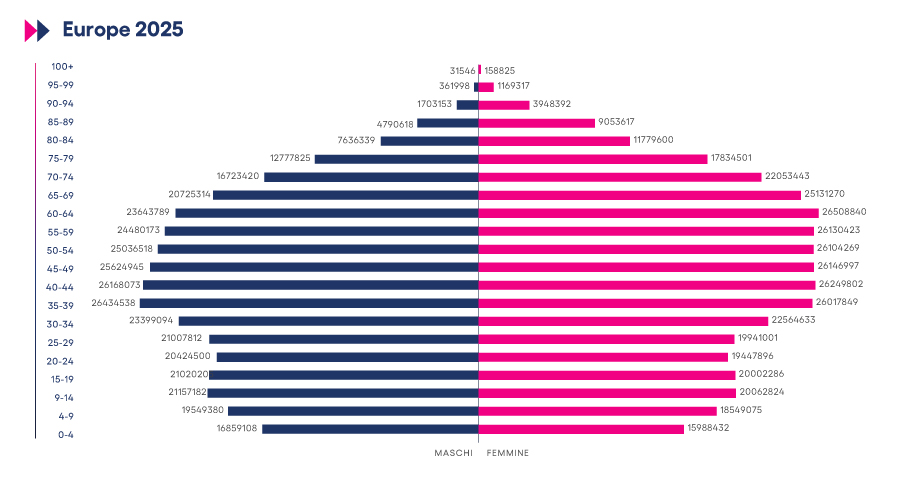Why
The European welfare systems are an extraordinary achievement that has greatly contributed to the well-being and social cohesion of our societies. However, they were built primarily in the 20th century, at a time when many working–age people supported a small number of retired individuals, life spans were relatively short, couples had several children, and economic growth was robust for a long period. Since then, things have changed. People are living longer and longer lives, need pensions for a more extended period, and may require healthcare for chronic conditions whose costs keep rising. Conversely, the birth rate has plummeted in several countries to well below the replacement level.
As a result, our welfare systems are becoming increasingly unsustainable, and in some countries, they no longer offer universal coverage.
More and more people, especially from vulnerable categories, fall through the cracks. To preserve our valuable achievements, we need to profoundly innovate our welfare systems to make them more sustainable, effective and equitable.
What is integrated welfare
Fast Forward Foundation identifies integrated welfare as the most promising approach to transform the architecture of our welfare systems. This concept exemplifies classic innovative, “outside the box” thinking. Currently, healthcare and social protection are mostly delivered and financed by various public institutions, requiring citizens to interact with each separately.
Integrated welfare, instead, means combining the efforts of public, private, and non-profit organizations in the delivery and financing of healthcare and social protection around individuals’ needs along the life stages.
Integration can vary in measure and occur at different levels:
- Systemic (policies, rules, regulatory frameworks)
- Normative (values, culture)
- Organizational (structure, governance)
- Administrative (back-office, financial systems, IT)
- Clinical (patient care).
The Foundation’s aim is to find ways to integrate components of these complex systems to address the needs of specific vulnerable categories by co-designing new solutions with relevant stakeholder partners in our Open Lab.
Benefits for the system
Integration has the potential to improve the sustainability of welfare provision by:
- Pooling more resources (state, people’s savings, employers, etc.)
- Reducing duplication of premises, services, and staff, and promoting synergies
- Reducing overhead and transaction costs
- Increasing productivity
- Leveraging fast digital payments
- Reducing acute cases through prevention
By offering a clearer picture of individual and family needs and outcomes, integrated welfare can also help public authorities to make more informed decision-making and resource allocation, manage sectoral policies in a more coherent way, secure better policy outcomes, as well as improve accountability and transparency.

Benefits for people in need
Individuals may have different needs at the same time, whose mix changes as they age. Integration can improve the care and support of individuals and their families, especially if they have multiple or complex needs such as poverty, mental health, or long term care, by:
- Better assessment of their needs
- Easier access at single point of delivery, hence better service experience
- Reconfiguration of different services around the individual’s needs
- Continuity of care
- Better outcomes because professionals collaborate and co-operate
- Prevention of future problems
At the Fast Forward Foundation we also think that a key feature of integrated welfare should be the empowerment of individuals: by making them aware of their personal and financial situation, positive behavioral changes such as saving for their future needs and prevention of future conditions may be achieved.
Collaboration to overcome difficulties
The separate organizations making up our welfare systems often operate in vastly different ways. In order to integrate the provision of welfare services, several obstacles need to be overcome:
- reconfiguration of services
- governance issues
- differences in financing models
- incompatible rules and regulations
- professional differences (educational background, culture, pay-levels, employment, etc.)
- IT and data sharing issues
- management issues
- different interests and incentives
- political opposition
However, encouraging different care providers to collaborate to solve complex and interconnected problems can foster further innovation by pushing partners to find new approaches, new solutions, and new ways to create value.
Nothing new under the sun
However daunting the difficulties of welfare integration may appear, they are not so different from the difficulties that other sectors have already met and overcome. In the last few decades, mainly thanks to information and communication technology, new regulatory frameworks, new financial instruments and fast digital payments, huge degrees of functional integration have been achieved in manufacturing and services across collaborations and supply chains spanning the continents. In the process, just as huge gains in value creation and customization have been made for the benefit of companies and customers. And artificial intelligence is already set to further increase them.
This is the power of innovation that welfare systems have not harnessed yet.
For in-depth understanding of integrated welfare, see the Fast Forward Foundation’s Integrated Welfare Report




